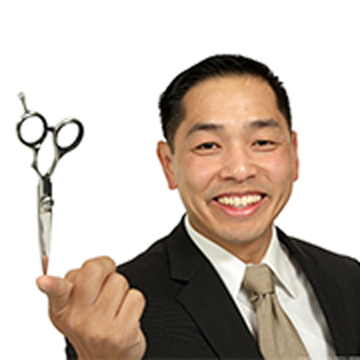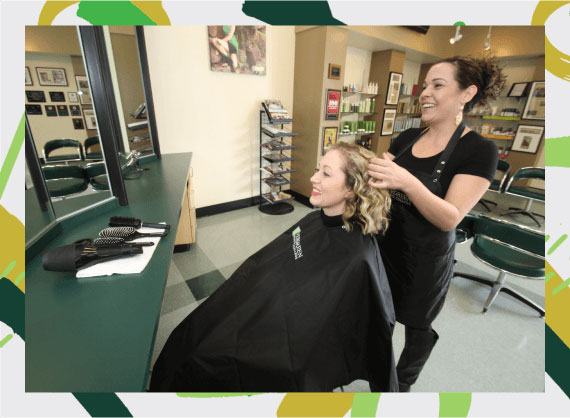The History of Hair Styling
Hair styling has a long and colorful history. Probably one of the first tools used for styling hair is the hair brush. Its beginning, appropriately enough, is firmly established in art. The earliest hair brushes were similar to the type used over two million years ago to paint images, such as the ones seen in the cave paintings found in Perigord, France and Altamira, Spain.
The History of Hair Styling
Hair dressing is an art taught in many cosmetology schools. It has become an important step in grooming and dressing up for both sexes, serving as a means to modify and enhance the appearance. Today, hair styling is a billion dollar business that encompasses a wide range of products, tools and services.
On January 1st 1906, the Fuller Brush Company was established in New England. It was started by 21-year-old Alfred C. Fuller in his sister’s basement, on a bench placed between the coal bin and the furnace. In spite of its name, the camel hair brush does not use camel’s hair. It is actually named after a man named Camel, who invented the brush.
Lyda D. Newman, an African American, invented an improved version of the hair brush and had it patented in November 1898. A patent for a heated comb used for hair straightening was granted to Walter Sammons in 1920.
An early version of the aerosol spray appeared in 1790 through the introduction of self-pressurized carbonated drinks that became popular in France.
During World War II, the United States government funded the research that led to the invention of a portable gadget that can be used to produce fine spray, a tool that would later become the aerosol can. In 1943, W.N. Sullivan and Lyle D. Goodhue, researchers at the Department of Agriculture, invented an aerosol can that uses pressurized fluorocarbon gas in liquid form. This design, modified by the contribution of inventor Robert Abplanal, paved the way for the manufacture of aerosol products, including those used for hair styling such as hair spray. In 1953, Abplanal designed a valve that can dispense gas under pressure, a design that produced the first spray cans with clog-free valves.
Hair Styling Tools
In 1916, bobby pins were introduced in the U.S. Initially, women used vacuum cleaners modified for the purpose of drying hair. In 1890, Alexandre Godefoy designed the first electric-powered hair dryer. Forty years later, the thermo hair curler was invented by Solomon Harper. Another 50 years saw the invention of a pressing/curling iron by Theora Stephens. During the early 1900s, Charles Nestle designed the perm machine.
According to Damien Cave, a columnist for Salon.com Technology, a carpenter from San Diego named Rick Hunt was the inventor of the Flowbee, a DIY haircutting tool.
Hair Color
The world’s first synthetic hair color was formulated by a Eugene Schueller, a French chemist. The hair dye was named “Aureole”. Schueller later founded L’Oreal.





Humans didn’t have art over 2 million years ago, cave paintings started about 60 thousand years ago and didn’t really take off until about 40 thousand years ago, the specific ones you mentioned where from about 35 to 12 thousand years ago
I agree with a lot of the points you made in this article. If you are looking for the Braided Lace Wigs, then visit Ulabraids, Braidsqueen, Uniwigs, and Wigs. I appreciate the work you have put into this and hope you continue writing on this subject.